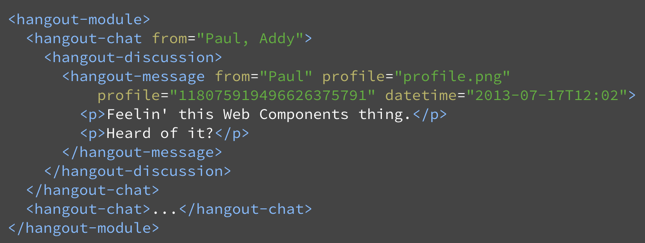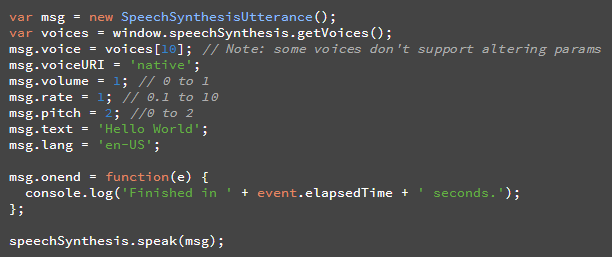Just a day after the launch of Chrome 32 into the stable release channel, Google today launched the first beta of Chrome 33 for desktop and Android.
This release mostly features updates that will be interesting to developers, including support for Custom Elements, which allows developers to define their own HTML elements. It’s a part of the Web Components specs the Chrome team has long been very interested in.
Using Custom Elements, developers can define new HTML elements, extend existing elements and bundle together custom functionality into a single tag. As Google notes, this technology allows developers to “architect their apps in much cleaner ways. Here is a demo app that shows web components in action. It’s also worth noting that Mozilla will also support Web Components.

The other main new feature in this update is support for the Web Speech API, which allows developers to add speech recognition and synthesis to their sites. Google added recognition to the Chrome last year and today it adds built-in speech synthesis, too. Using this API, developers can get a list of supported voices from a given machine and then use the synthesis engine to have a web app speak to its users. Besides Chrome 33, Safari on iOS 7 also offers partial support for this feature.

Here is a brief rundown of other changes:
- The requestAutocomplete API for easy web payments is now available on Mac.
- The Page Visibility API has been unprefixed.
- WebFont downloading has been optimized so that fonts (at the median) are available before Blink layout is done, meaning that the net latency impact of using a webfont is usually zero.
- The Blink CSS Animations and Transitions implementations are now powered by the newWeb Animations model. This change should not affect developers or sites; let us know if it does.
- Chrome now supports the latest version of the Web Notification API. We’ll be deprecating support for the legacy API down the road, so please update your websites if they’re using it.


ConversionConversion EmoticonEmoticon